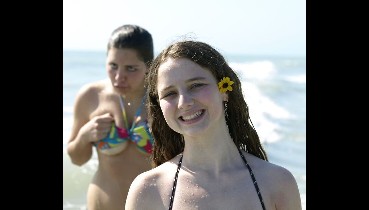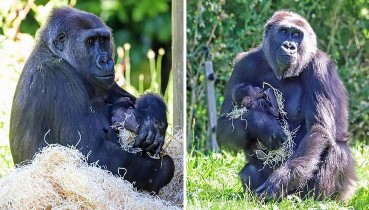
Photographer Captures the Fascinating World From Dusk to Dawn
It is very different. You have to refocus and rely on other senses than just sight. Forty minutes after sunset or before sunrise is a great time to photograph; the colors are still a bit visible. I prefer to use ambient light such as candlelight while photographing people and I like to establish a sense of place for wildlife images.
And it’s not just the environment being different at night—it’s also a matter of finding truly dark places. Now more than ever we have to contend with light pollution when attempting to photograph the night sky.
What challenges did you face artistically and maybe also physically?
Photographing at night is technically challenging. In the days of film, all star shots were star trails since they were timed exposures. You could never get a fast enough shutter speed to capture pinpoints of light. Now with higher ISO cameras we can create images of the night sky like never before.
Safety was also a bit of a concern; scrambling around on the lip of an active caldera in the dark was very hazardous. One misstep and whoops, there goes Art into a cauldron of lava!
And it’s not just the environment being different at night—it’s also a matter of finding truly dark places. Now more than ever we have to contend with light pollution when attempting to photograph the night sky.
What challenges did you face artistically and maybe also physically?
Photographing at night is technically challenging. In the days of film, all star shots were star trails since they were timed exposures. You could never get a fast enough shutter speed to capture pinpoints of light. Now with higher ISO cameras we can create images of the night sky like never before.
Safety was also a bit of a concern; scrambling around on the lip of an active caldera in the dark was very hazardous. One misstep and whoops, there goes Art into a cauldron of lava!
Advertisements
19 February 2023
Advertisements



